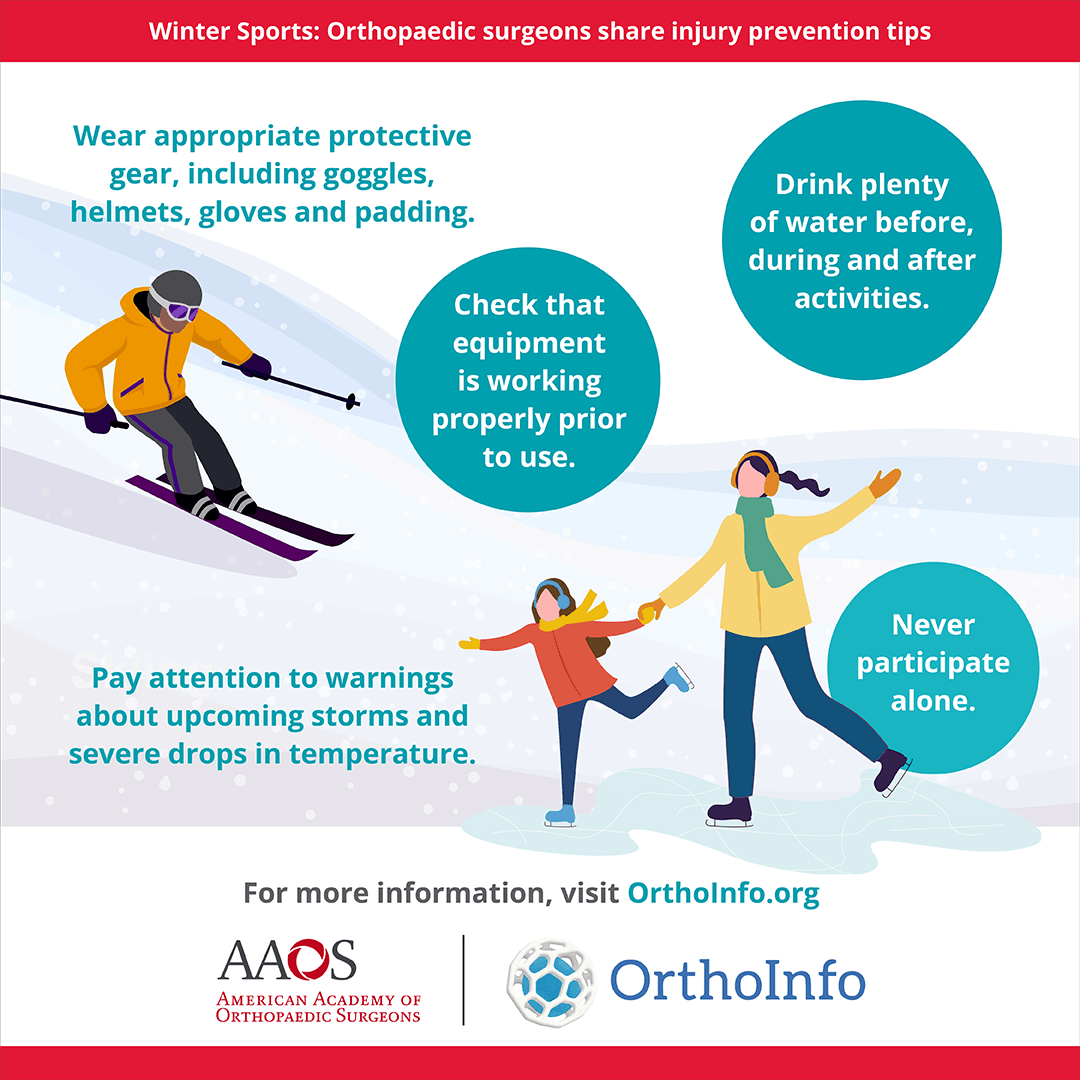 Hockey is a great sport for a child to play, especially if the child's parents are hockey fans! One of the most difficult skills for a new player to learn is shooting and aiming a hockey puck. Being able to shoot a hockey puck is a fundamental skill to playing hockey. To score a goal, you must be able to shoot a hockey puck with some sort of accuracy. Professional hockey players make shooting a puck look very easy, but it really takes practice to get the motion down.
Hockey is a great sport for a child to play, especially if the child's parents are hockey fans! One of the most difficult skills for a new player to learn is shooting and aiming a hockey puck. Being able to shoot a hockey puck is a fundamental skill to playing hockey. To score a goal, you must be able to shoot a hockey puck with some sort of accuracy. Professional hockey players make shooting a puck look very easy, but it really takes practice to get the motion down.
Typically during a hockey, the there is usually between 30 to 50 shots on the opposing teams goal. Therefore, you want to make sure every shot you take is effective as it can be. A good skill when learning to shoot a puck is being able to shoot the puck fast. By shooting the puck fast, the goalie will not have time to set up a block to prevent the shooter from scoring. A quick shot is usually the result of a shot that is taken directly off a pass from a teammate or from a rebound.
A common mistake for new players is to hold onto the puck too long with their stick while they are preparing their 'perfect' shot. By taking more time to set up your shot, the opposing goalie has time to set up their block or it may even allow a defensive player to strip the puck. It is also important when aiming your shot, to keep your eyes aimed towards where you would like the puck to go. This will help the accuracy of your shot by being able to place the puck where you want.
All great professional hockey players started developing their hockey skills at some point. It is never too late to refine your hockey skills by practicing extra before or after your hockey teams practice. If you can't find extra ice time, you may want to look into street hockey to help refine your skills when you are off the ice.
…


